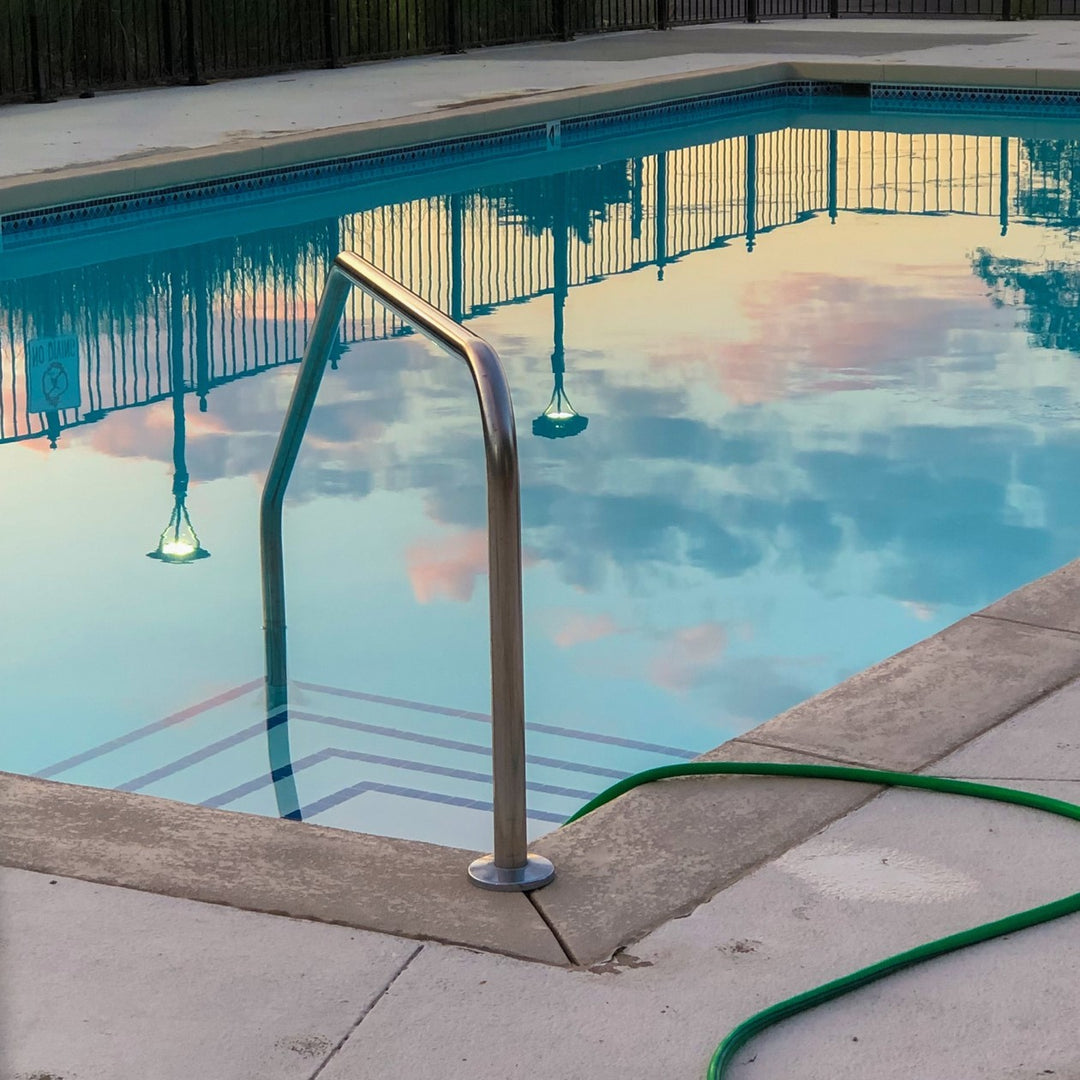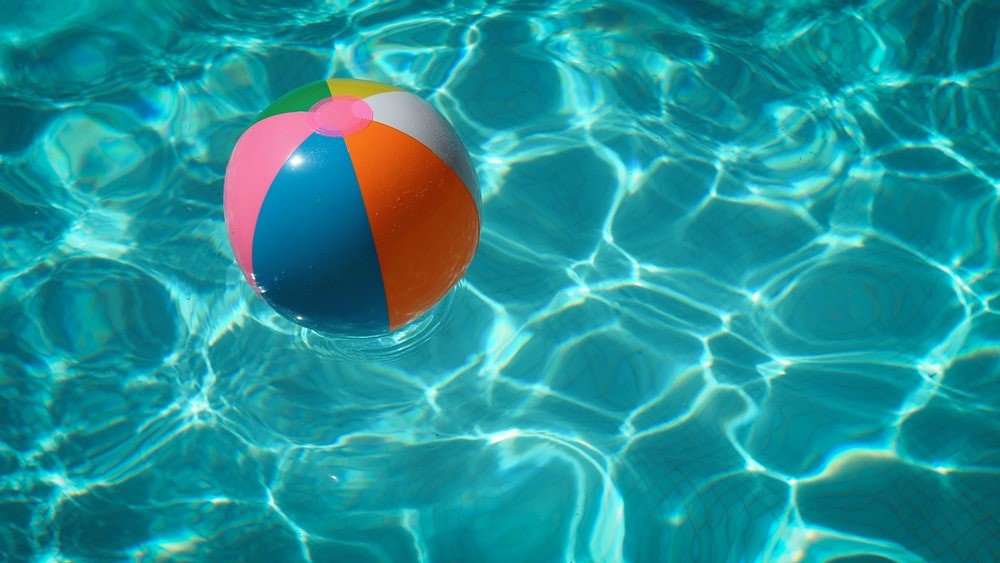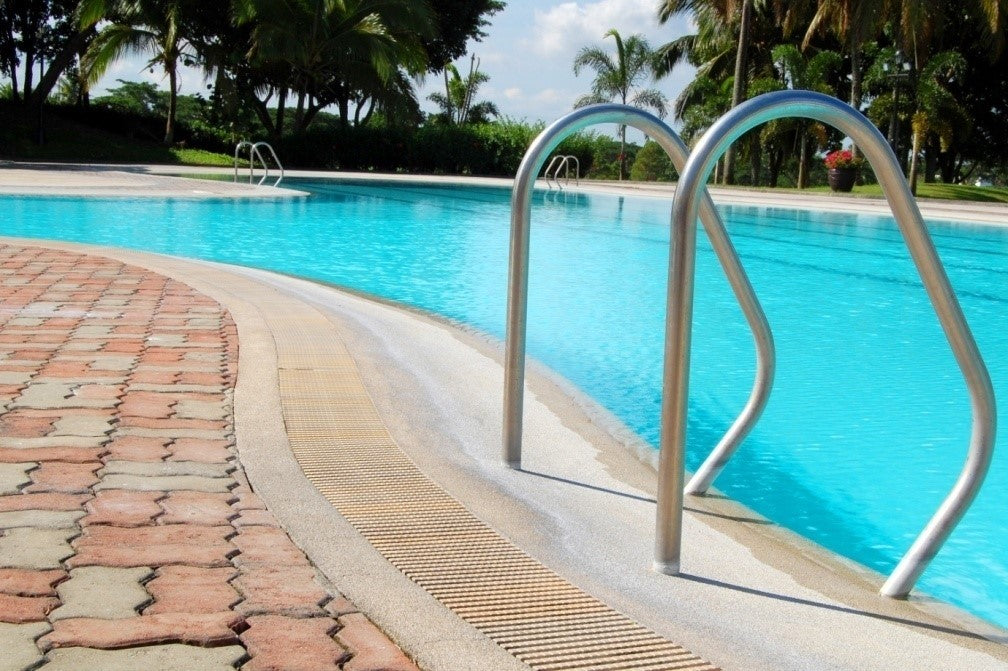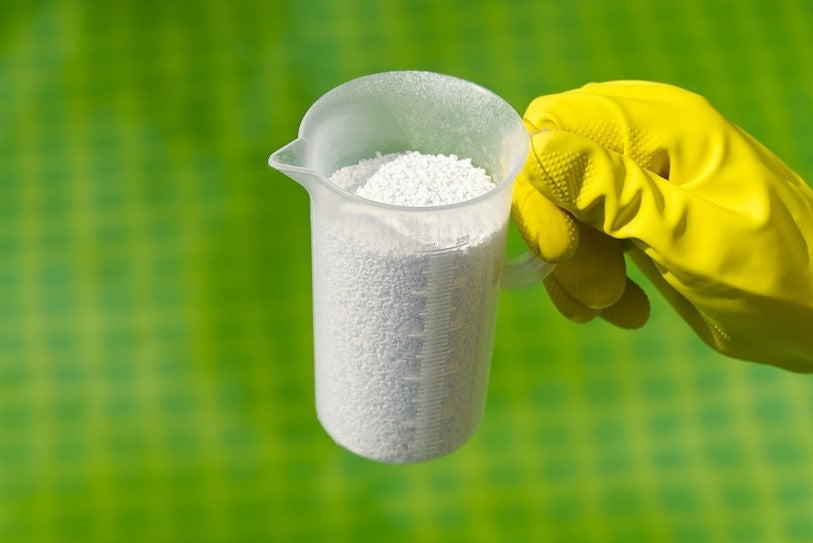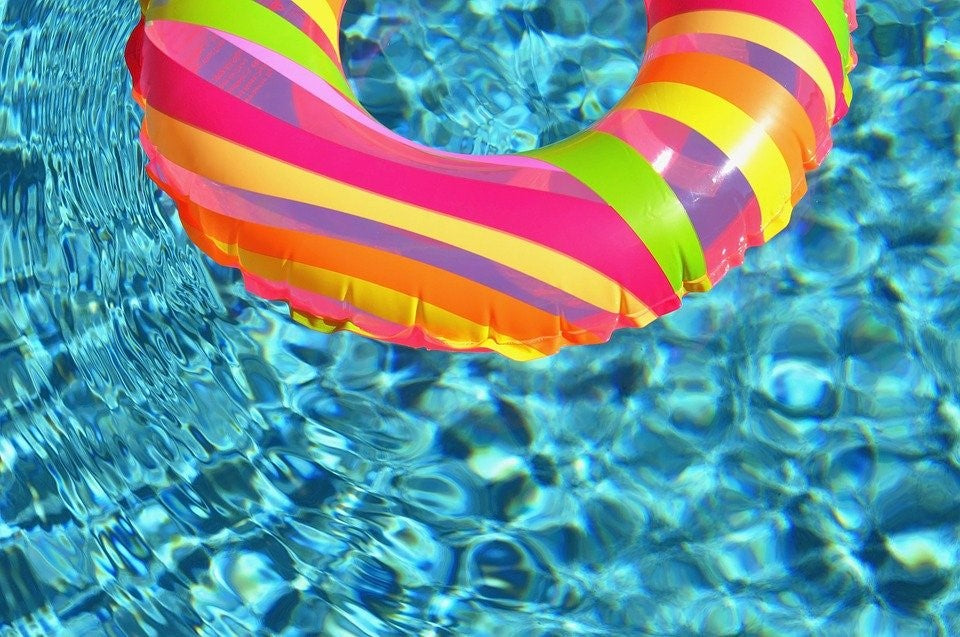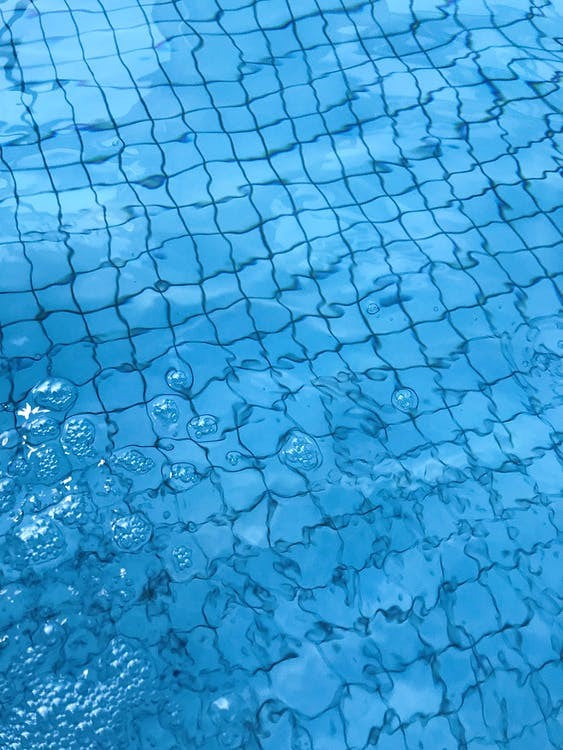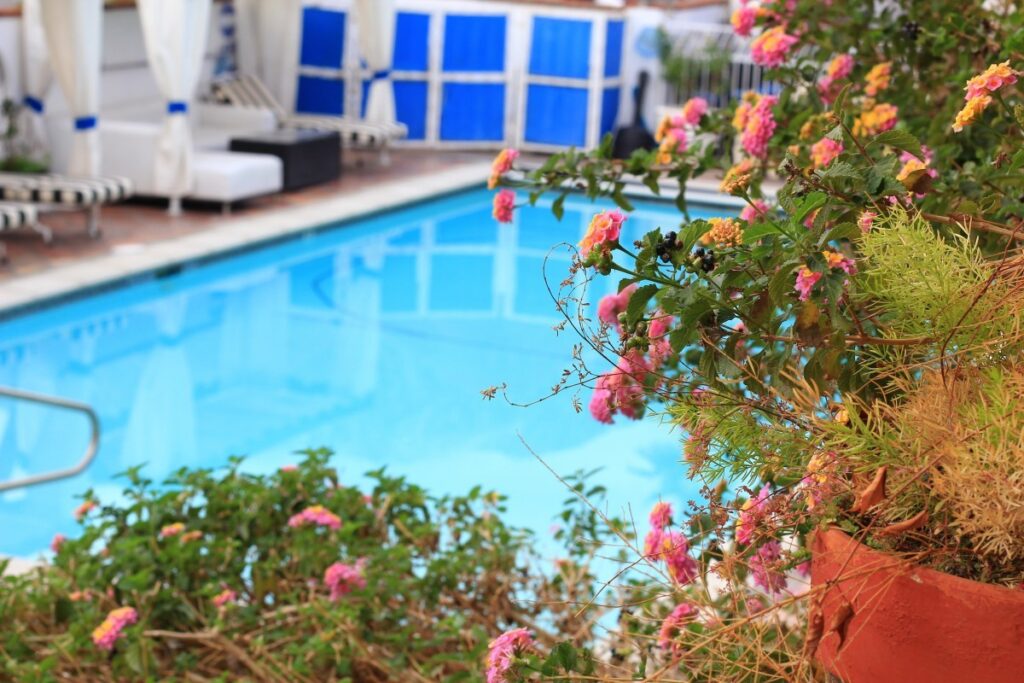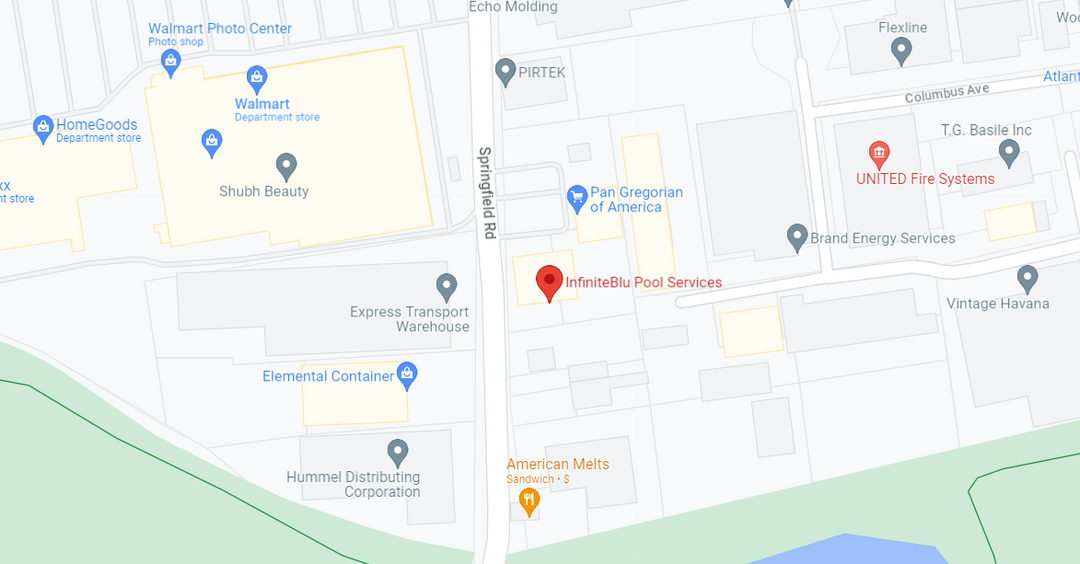The Ultimate Guide to Pool Leak Detection
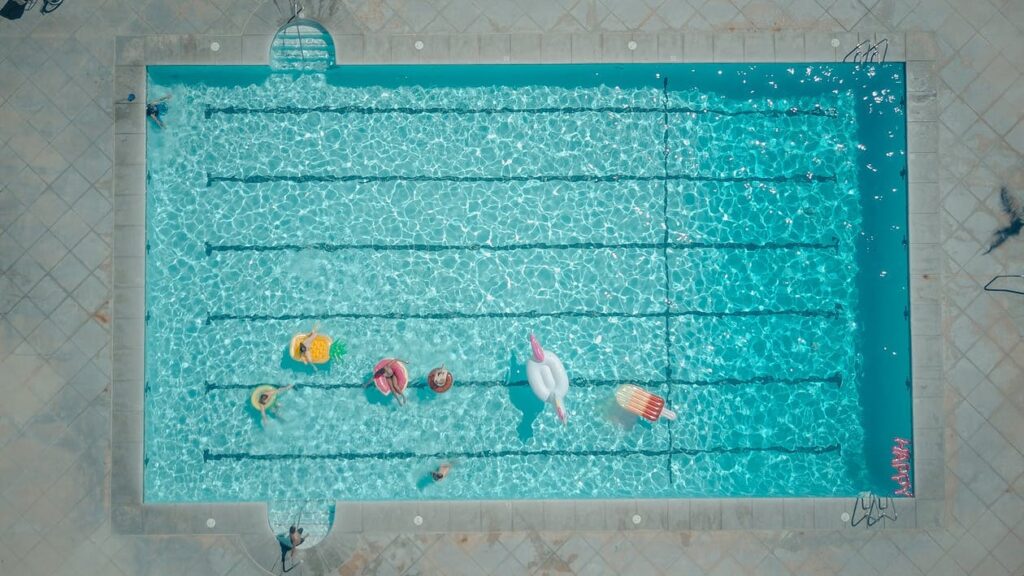
Having a pool in your own space is a great way to relax, get an instant tan on, and end your day. However, pools require maintenance, which isn’t the easiest thing to do, but some guidance and tips can definitely help you out with this.
Pool maintenance goes way beyond keeping it clean. One of the downsides to having a pool is dealing with leakage. Your pool could be leaking from outside or inside, and you wouldn’t be able to detect it.
Detect the Possible Leakage
The most important thing to do is to first determine if the pool is actually leaking or if the decreasing water level is due to the natural process of evaporation. This can be 2mm– 2 inches of water per week.
You can do this by looking for air bubbles in the pool’s return lines. You can also look for soggy or wet spots around the pool that wouldn’t occur if the pool wasn’t leaking. Inconsistent pH levels in a pool are also a sign of pool leakage. If your pool deck is sinking or seems lifted from somewhere, then there is a possibility of leakage.
The Bucket Method
Now that you’ve detected that your pool is leaking, you can test the leakage on your own. For the bucket method, you’ll need a 5-gallon bucket, some duct tape, and a brick or rock. Place the bucket filled with pool water on the second step of your pool, so that it’s on the same level as the pool water. Put the brick inside the bucket and mark the water level in and outside the bucket with the duct tape.
Check after 24 hours if the pool’s water level has decreased the same amount as the bucket. If not, then you probably have a leak.
You can repeat with the water pump turned off, and if you lose more water, then the leak is in the pump lines. If you repeat this with the water pump off and you lose less water, then the leak can be found in the drain or skimmer. When you repeat this process with the water pump off and lose the same amount of water, the leak is either in the pool liner, shell, or fittings.
The Dye Test
The dye test can help reveal the cracks present causing the leakage. For the dye test, wear some gloves and put a few drops of some dye near the area you suspect the leak could possibly be in. Make sure the water in your pool is still, and the water pump or filtration is turned off. If the leak is in the plaster or separation in the liner, it would be visible.

Call the Pro
Hint: the pro is us.
We offer a quick detection test free of cost. We have the best pool services New Jersey has to offer, like weekly cleanings, that may seem like unnecessary trouble to many, but let us take this burden off of your shoulder.
Contact us, and we’ll help you out with your pool maintenance in New Jersey. And while you’re at it, check out our swimming pool products too!




